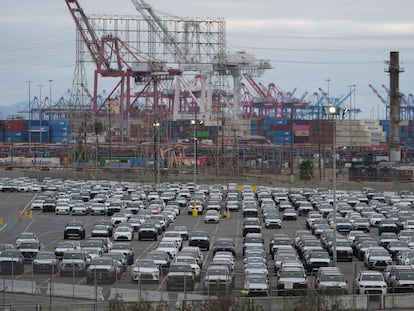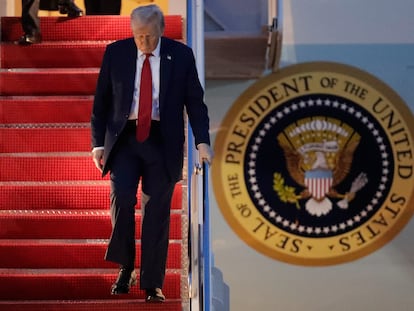Trump raises a wall of tariffs against the world
The US president will symbolically declare a trade war on his partners this Wednesday with what he inaccurately calls reciprocal tariffs

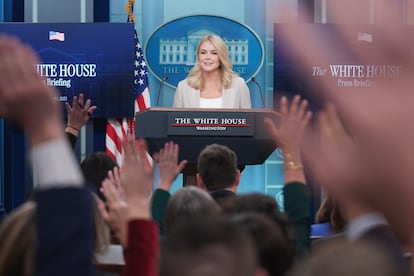
“Tariffs are a tax on your grocery bill,” announced billboards paid for by the government of Canada on the streets of Washington this week. Meanwhile, television stations are broadcasting messages by Toyota in which the Japanese company emphasizes how American it is. The skirmishes have already begun, but the official declaration of trade war is expected this Wednesday in the White House Rose Garden, in a solemn ceremony for what the U.S. president pompously calls “Liberation Day.” Donald Trump will erect a wall against imports with tariffs that aim to exceed 20% on average, although the final details have not been revealed.
Trump had already said at a rally that November 5, the day of the presidential election, would be “Liberation Day.” Then, on his inauguration day, he proclaimed that “for the American people, January 20, 2025, is Liberation Day.” So this is at least the third “Liberation Day” in six months. As on the previous two occasions, the world is watching Washington with bated breath.
The president has promised to impose what he inaccurately calls “reciprocal tariffs” this Wednesday. In theory, it is to punish countries that impose higher tariffs on the U.S. than those the U.S. imposes on them. In practice, Trump is merely targeting countries that sell more to the U.S. than they buy from it.
The last time Washington embarked on a relatively comparable wave of protectionism was almost a century ago, with the Smoot-Hawley tariffs of 1930, and the result was disastrous. The trade war contributed to the Great Depression, and widespread tariffs were discredited. Trump points even further back, to the late 19th and early 20th centuries, as an example of a period when the U.S. economy grew strongly despite high tariffs. Economists note that the country currently practicing an import-substitution trade policy most similar to the one Trump appears to advocate is India.
The Republican president aims to turn tariffs into a permanent and significant source of revenue and to boost domestic production by penalizing foreign production. The two objectives are somewhat incompatible: for there to be a lot of revenue, there must continue to be a lot of imports, and if there are a lot of imports, it will be because they haven’t been replaced with domestic production. The squaring of this circle is completed by those who claim that the exchange rate adjustment will keep products from becoming more expensive for Americans (but, in that case, it would not incentivize import substitution).
For now, Trump’s announcements and measures have weakened the U.S. economy. Growth prospects have deteriorated, increasing the risk of a recession, while inflation expectations have soared, complicating the Federal Reserve’s roadmap.
In 2019, during Trump’s much smaller first trade war, the Federal Reserve concluded that the impact of uncertainty on slowing investment and hiring was greater than the direct effect of tariffs. This time, uncertainty is greater, given the president’s erratic behavior and the chaotic implementation of his measures.
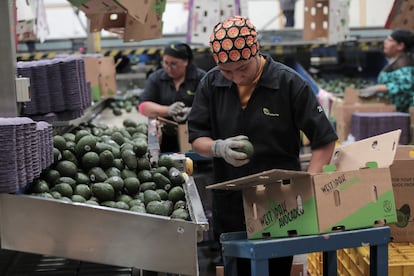
The trade war will hamper global growth, with almost guaranteed recessions for Mexico and Canada and, at the very least, stagnation in the European Union. The markets have felt the blow early. Investors have taken refuge in gold. Wednesday’s announcements will be made starting at 4:00 p.m. local time in Washington, after the close of trading on Wall Street.
The trade war is about moving from a rules-based global trading system to one built on deals. The problem is that Trump doesn’t respect the agreements he signs. During his first term, he negotiated the U.S.-Mexico-Canada Agreement (USMCA), which he praised without hesitation, but which he has now ruthlessly scuttled.
The White House has been discussing until the last minute the details of what it will announce this Wednesday. There are no objective criteria for penalizing imports from one country or another. The decision ultimately stems from the whim of Trump, a president who has embarked on an authoritarian drift, governing by executive decree beyond his constitutional powers.
In recent days, Trump has said he will be “lenient” with his tariffs, but the U.S. president is accustomed to living with constant lies. One of his top advisors on the matter, Peter Navarro, stated over the weekend that the government expects to raise $600 billion annually from tariffs. Considering that U.S. imports were $3.3 trillion in 2024 and that tariffs would reduce them, that figure would only be achievable with average tariffs above 20%. A maximum scenario considered by Bloomberg raises them to 35%, from the 2.4% they were at in 2024.
The answer may not even be known this Wednesday. The idea is to announce a tariff applicable to each country (or each trading bloc, although the latter is also unclear). This “reciprocal” tariff is supposed to condense into a single figure all of each country’s protectionist measures, including tariffs and non-tariff barriers, whether fiscal, regulatory, or monetary. Trump baselessly considers value-added taxes a protectionist measure, which already conditions, for example, tariffs on the European Union.
It’s also not entirely clear when the new tariffs will be implemented. “My understanding is that the tariff announcement will come tomorrow. They will be effective immediately, and the president has been teasing this for quite some time,” White House spokeswoman Karoline Leavitt said at a press conference on Tuesday, but events often prove her wrong. Some members of Trump’s Cabinet have indicated that negotiations with various countries would be possible after the announcement, and Leavitt herself admits that this is a possibility. The president is always open to a phone call, always open to a good negotiation, she said Tuesday.
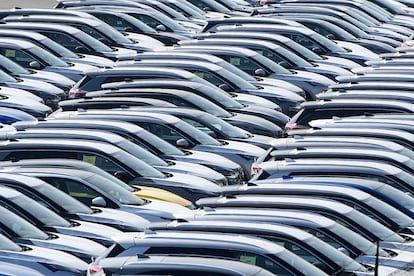
Trump has already imposed 25% tariffs on many imports from Canada and Mexico, which the president says are aimed at cracking down on immigration and fentanyl smuggling. China has also been hit with 20% tariffs, ostensibly for not doing enough to stop exports of fentanyl precursors to Mexico, Canada, and the U.S. He has also begun imposing 25% tariffs on steel and aluminum imports. He has additionally imposed a 25% tariff on imported cars, effective Thursday, and on car components (this one taking effect a month later).
Furthermore, the president has spoken at various times about his plans to impose tariffs on oil, copper, lumber, agricultural products, microprocessors, and pharmaceuticals (the latter coming very soon), among other sector-specific levies. He is also considering imposing a 25% tariff on all imports from countries that buy Venezuelan oil (in this case, he has delegated the decision to his Secretary of State, Marco Rubio, but it is unknown when this will be implemented). Also on the horizon is the possibility of retaliation against countries that impose a Google tax or impose content moderation policies on social media.
The trade war also has geopolitical implications, not only because Trump uses tariffs as a tool of blackmail to achieve his foreign policy objectives, but because it accentuates a distrust of his allies that has already been evident in other areas. “The long-standing relationship we had with the United States, based on deepening integration of our economies and tight security and military cooperation, is over,” Canadian Prime Minister Mark Carney proclaimed last week, in what sounded like an epitaph for an era.
Sign up for our weekly newsletter to get more English-language news coverage from EL PAÍS USA Edition
Tu suscripción se está usando en otro dispositivo
¿Quieres añadir otro usuario a tu suscripción?
Si continúas leyendo en este dispositivo, no se podrá leer en el otro.
FlechaTu suscripción se está usando en otro dispositivo y solo puedes acceder a EL PAÍS desde un dispositivo a la vez.
Si quieres compartir tu cuenta, cambia tu suscripción a la modalidad Premium, así podrás añadir otro usuario. Cada uno accederá con su propia cuenta de email, lo que os permitirá personalizar vuestra experiencia en EL PAÍS.
¿Tienes una suscripción de empresa? Accede aquí para contratar más cuentas.
En el caso de no saber quién está usando tu cuenta, te recomendamos cambiar tu contraseña aquí.
Si decides continuar compartiendo tu cuenta, este mensaje se mostrará en tu dispositivo y en el de la otra persona que está usando tu cuenta de forma indefinida, afectando a tu experiencia de lectura. Puedes consultar aquí los términos y condiciones de la suscripción digital.
